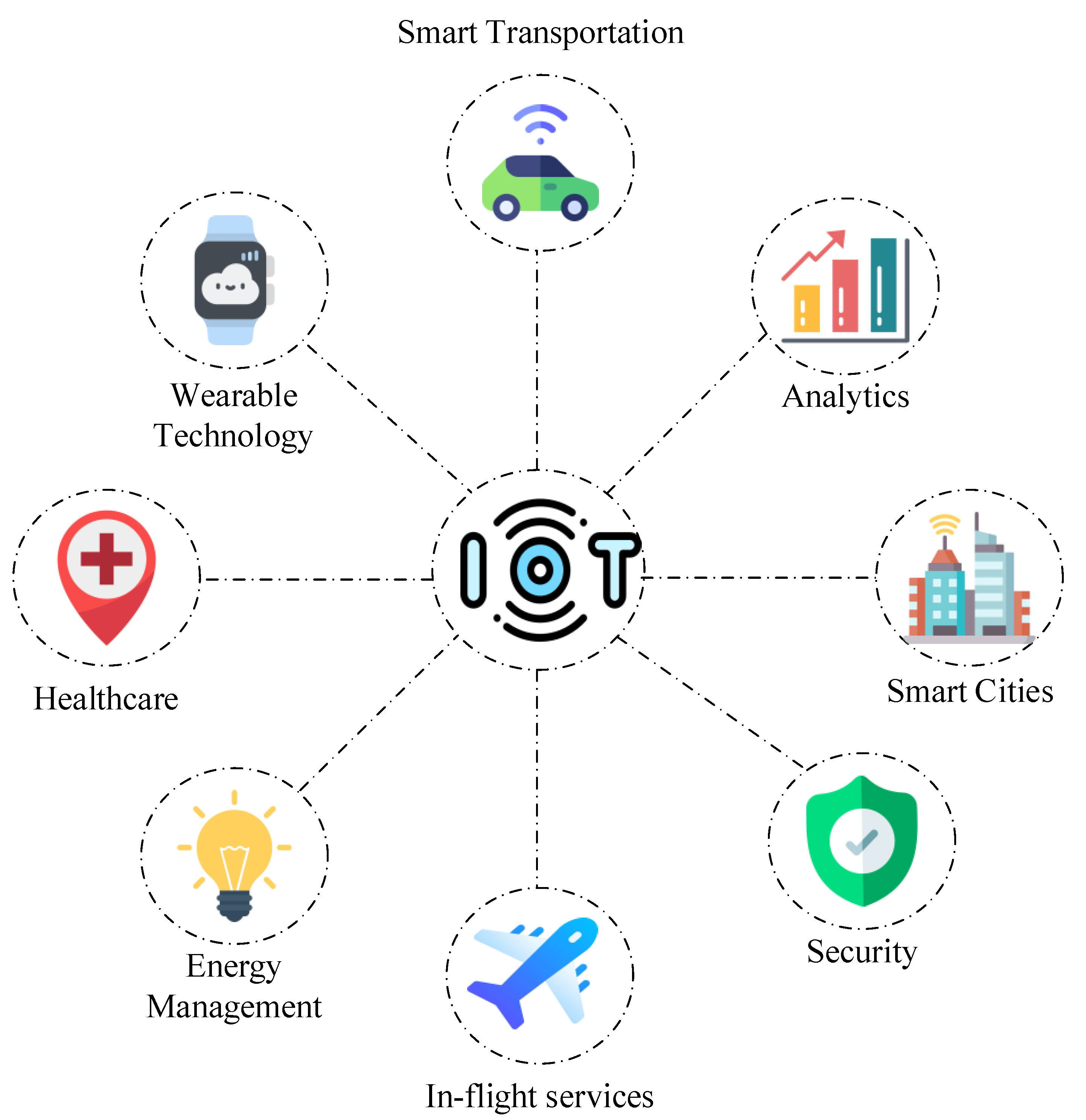How to Optimize Energy Efficiency with Smart Electrical Systems
Optimizing energy efficiency with smart electrical systems involves the integration of advanced technologies and strategies to monitor, control, and reduce energy consumption in residential, commercial, and industrial settings. Here are some steps and approaches to help you optimize energy efficiency with smart electrical systems:

1. Energy Audit and Monitoring:
- Start by conducting an energy audit to identify areas of high energy consumption and inefficiencies.
- Implement energy monitoring systems to continuously track and analyze energy usage in real-time. Smart meters, sensors, and data analytics can help with this.
2. Load Management:
- Use load management strategies to balance and optimize electricity consumption. This can involve shifting non-critical loads to off-peak hours.
- Implement demand response programs that automatically reduce energy usage during peak demand periods based on grid signals.
3. Smart Lighting:
- Install smart lighting systems that use occupancy sensors, daylight harvesting, and scheduling to control lighting based on actual needs.
- Consider LED lighting, which is energy-efficient and has a longer lifespan compared to traditional incandescent or fluorescent lighting.
4. HVAC Optimization:
- Utilize smart thermostats and HVAC control systems to regulate temperature and humidity based on occupancy and outside weather conditions.
- Implement zoning to heat or cool specific areas as needed, rather than conditioning the entire building.
5. Energy-Efficient Appliances and Equipment:
- Choose energy-efficient appliances and equipment with high Energy Star ratings.
- Implement power management strategies, such as automatic shutdown of idle devices.
6. Smart Grid Integration:
- Connect your electrical system to the smart grid, which allows for better coordination of energy usage and enables demand response capabilities.
- Take advantage of time-of-use pricing to optimize energy consumption during periods of lower electricity rates.
7. Energy Management Systems (EMS):
- Implement an EMS that integrates all smart components and provides centralized control and monitoring.
- Use EMS data analytics to identify trends, anomalies, and opportunities for further energy savings.
8. Continuous Improvement:
- Regularly review energy consumption data and performance metrics to identify areas for improvement.
- Set energy efficiency goals and track progress toward achieving them.
9. Renewable Energy Integration:
- Install solar panels, wind turbines, or other renewable energy sources to generate clean energy on-site.
- Use smart inverters and energy storage systems to optimize the use of renewable energy and store excess energy for later use.
Call us on 9870643534
Mail us at: prashant.yadav@oneunit.in
